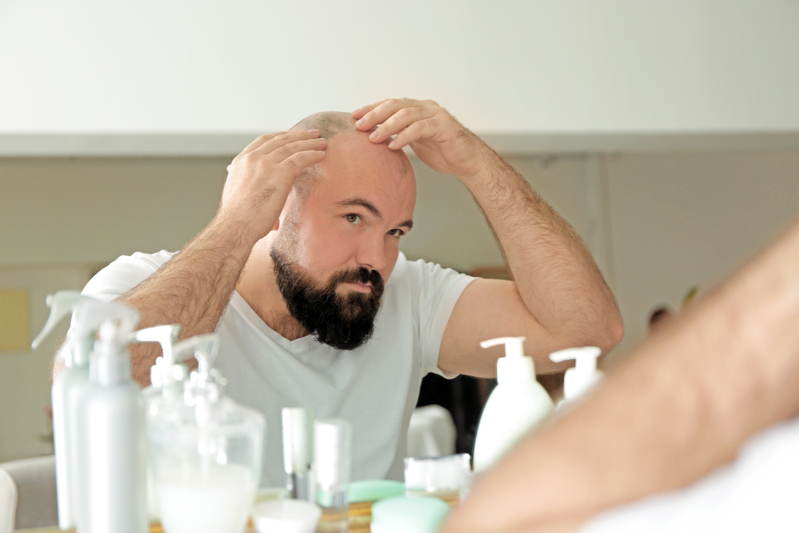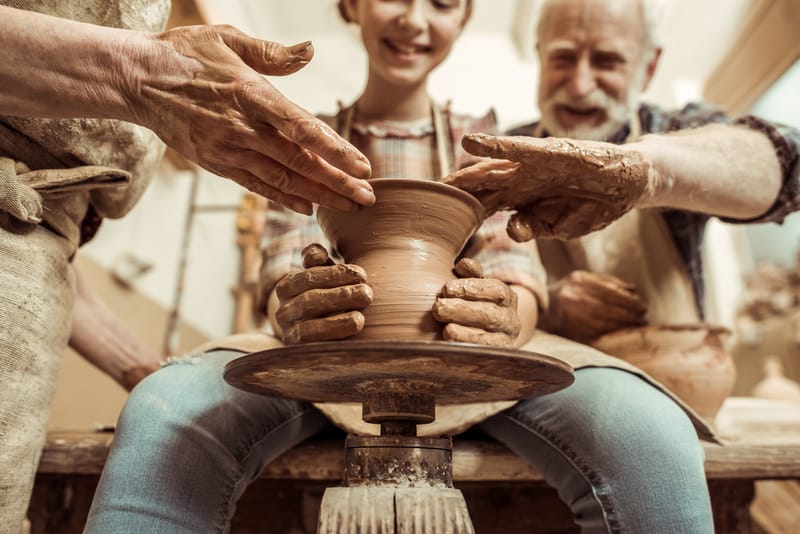Whereas the loss of hair isn’t the worse hair condition someone can be faced with, it’s one that can deeply affect a person’s self-confidence and cause emotional distress to many. Hair loss can start as early as the twenties for males, and it’s aggravated by factors such as stress and one’s overall physical condition. Among all the treatments available, acupuncture for hair thinning has some of the best results among Western and traditional approaches.
Acupuncture for thinning hair works overtime on a regular treatment basis. The first step in order to carry out your own treatment at home is to know what type of alopecia you are going to treat. The most common medical conditions that cause hair thinning are:
- Alopecia areata
- Nutritional deficiency
- Thyroid dysfunctions
- Tinea capitis
- Telogen effluvium
In Chinese medicine, the hair is an extension of Blood, which is stored in the Liver. It also reflects de Essence, or Jing, that resides in the Kidneys. Alopecia is seen in traditional Chinese medicine as a sign of a pathology affecting Blood and sometimes the Kidneys.
After an individualized diagnosis using TCM interrogation and observation methods, it’s possible to determine precisely the etiology in each specific case and pick a treatment option accordingly applying the traditional therapeutic approaches.
Is There Evidence That Acupuncture Can Help With Thinning Hair?
In a case report from the Department of Dermatology at Nakatsugawa Municipal General Hospital in Japan, a 34-year-old male diagnosed with alopecia areata received weekly acupuncture for alopecia areata treatments. They combined the treatment with plum-blossom acupuncture for 2 to 3 minutes, twice a week plus herbal medicine. It showed just how efficiently the treatment of acupuncture for hair thinning could be.
Although the patient in the case report mentioned above had a severe case of hair loss caused by alopecia areata that was triggered by stress maintained over a long period of time which made him lose an entire patch of hair on the top of his head, for most people hair thinning is more gradual, such as in the case of male pattern balding.
Have a look at our articles on acupressure for male pattern baldness and acupuncture for female pattern baldness.
Another randomized controlled trial carried out in patients presenting androgenetic alopecia by Lin et al. at the Shanghai University of Traditional Chinese Medicine showed acupuncture as a treatment for thinning hair had an efficacy rate of 84.4% if combined with Chinese herbal medicine, and 90.9% if the Qi Xing needle protocol were added.
20回目にはもうこんなにフサフサになった🤤✨薄毛には鍼灸!っていう選択肢もあるよーって知ってほしい😄 pic.twitter.com/0AMzVPjj1m
— えみすけ (@shinkyu_emisuke) November 20, 2020
Acupressure Points For Hair Thinning
The general therapeutic principle in acupuncture for hair thinning is to activate and nourish the Blood. The use of needles on the scalp in the treatment of alopecia has two main functions, the function of stimulating specific acupoints as well as the function of creating an erythema reaction to enhance vasodilation and blood flow in the area.
Acupressure, if done properly and regularly enough, can be as effective as needle therapy to stimulate the acupuncture points. Doing a general massage on the scalp before the acupressure session is recommended in order to maximize the effects of this therapy. Scalp massage is one of the measures for thinning hair and hair loss, and it will improve blood flow in the entire scalp. Since the blood flow in the scalp serves to deliver nutrition to the hair roots, improving it will diminish thinning hair and hair loss.
You can even use some additives in your hair that are easy to find and that have hair-growing properties in case you don’t have access to specialized treatment. In case you don’t suffer from hair thinning but rather would like to improve your hair, we recommend you have a loom in our selected acupressure points for hair growth.
Acupoint: GV-20 (Other Names: The Governing Vessel-20/Bai Hui/Hundred Convergence)
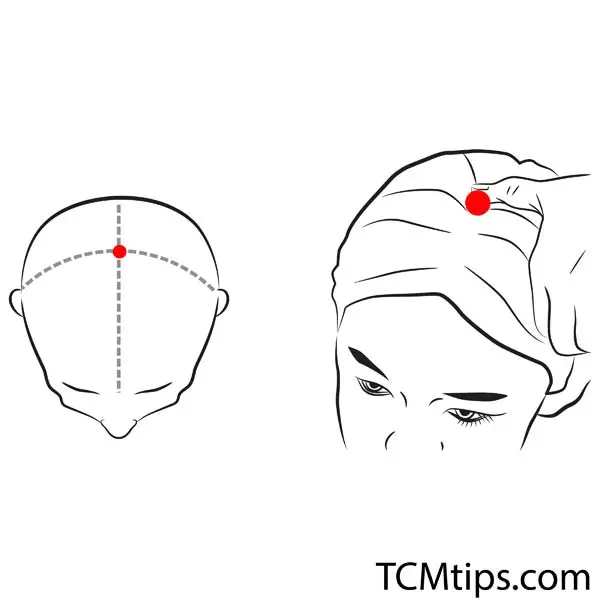
Baihui can be found on the midline of the head by drawing a straight line from both ears up. This acupoint is among the better known and most used acupuncture points since it is the meeting point of the Yang meridians. It is one of the acupressure points for neck pain and headaches.
This is a local acupoint that improves blood flow in the scalp. Besides, GV-20 benefits the brain, and the sense-organs lift the Spirit, and help to regulate the Liver Qi.
Press this acupoint once for 5 to 10 seconds until you feel a little pain. Take a breath, and press again. Repeat this procedure for about 5 minutes.
Acupoint: Bl-7 (Other Names: Urinary Bladder-7/Tong Tian/Reaching Upward)
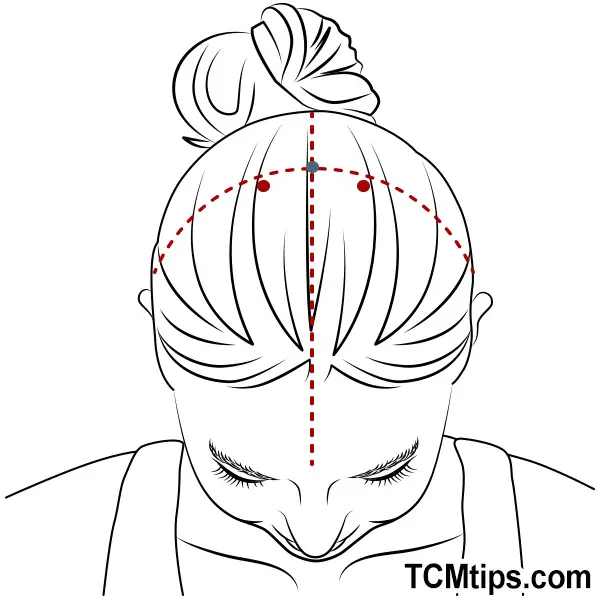
Find Bl-7 approximately at 13cm directly above the anterior hairline and 5cm lateral to the midline of your scalp.
Bl-7 or Tongtian, as this acupoint is also called, belongs to the Urinary Bladder foot Taiyang meridian and is a local acupoint for the treatment of alopecia that promotes blood circulation in the scalp.
You can stimulate this acupoint with both hands using your middle fingers to press them intermittently for 5 to 10 seconds and releasing, repeating for about 5 minutes.
Acupoint: KI-1 (Other Names: Kidney-1/Yong Quan/Gushing Spring)
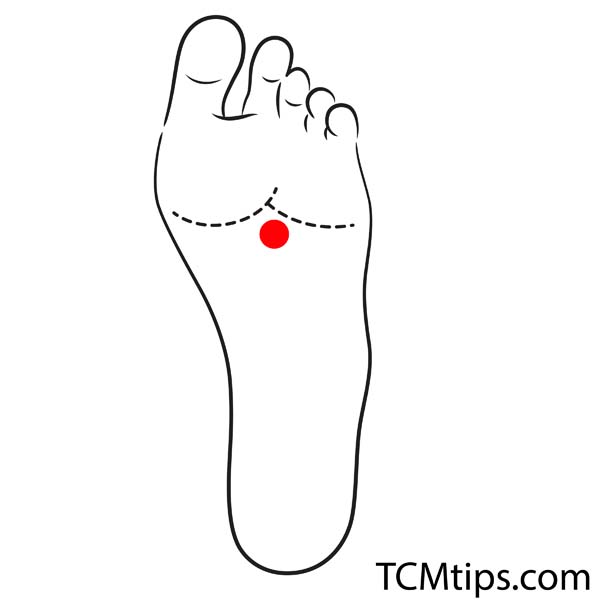
KI-1 can be found in the depression produced on the sole when the foot is flexed. It is also one of the pressure points to increase energy.
Kl-1 is the Jing point of the Kidney meridian and the Wood point according to the Five phases theory. In Chinese medicine, when a hair problem occurs, it can be related to the Kidneys, but at the same time Blood is indispensable for hair growth. KI-1 becomes an important distal point for hair growth because it belongs to the Kidney channel, and the Kidneys treasure the Essence, which nourishes the hair.
Since this is the Wood point of the Water meridian, and Wood sedates Water, the stimulation of this acupoint must be done using a tonifying technique, with slow and soft movements over a prolonged time. You can sit down in a comfortable position and do soft circular movements on this acupoint with your fingers for 5 to 10 minutes.
Acupoint: TE-20 (Other Names: Triple Energizer-20/Jiao Sun/Minute Angle)

TE-20, or Jiaosun, is located above the tip of the ear at the natural hairline. This is the meeting point of the San Jiao, Small Intestine, and Gall Bladder channels.
By improving the blood flow of the entire scalp, this acupoint has the effect of delivering nutrition to the hair. It can be expected to be effective in preventing hair loss.
You can massage this acupoint using the fingers of both hands to massage the area where it is located with gentle movements in a circular motion intermittently in sessions of 5 seconds each for about three minutes on both sides.
Good blood circulation is important to bring the nutrients needed for hair growth to the roots, but improving blood circulation in the scalp is not enough. The reason is that if your shoulders and neck are stiff the blood flow to your head will be blocked. Therefore, stimulate the acupuncture points called Tenchu (Bl-10) on the back of the neck and Fuuchi (GB-20) on the side of the neck to improve blood circulation on the neck and shoulders.
Acupoint: Bl-10 (Other Names: Urinary Bladder-10/Tian Zhu/Celestial Pillar)
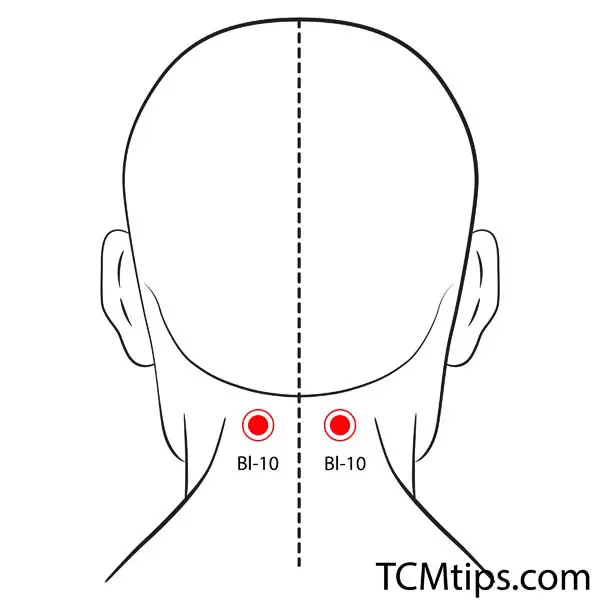
Acupoint: GB-20 (Other Names: Gallbladder-20/Feng Chi/Wind Pool)
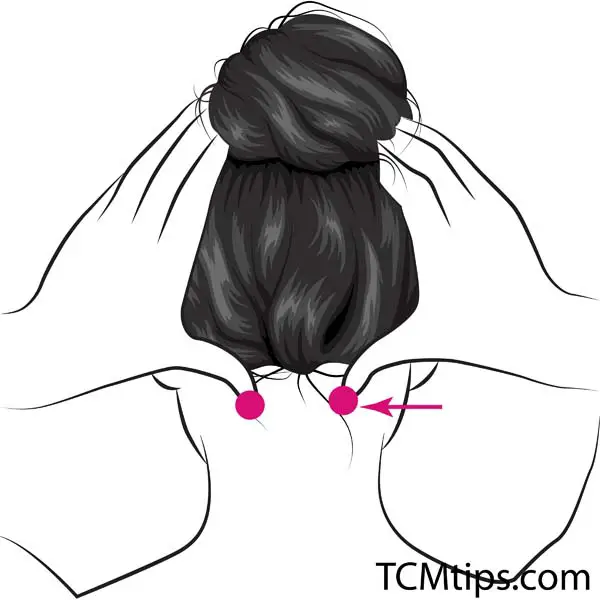

Try our Anti-Aging Gua Sha Tool designed to bring out your skin’s natural glow.
Best Gua Sha Product- Anti-Aging: The tool is designed to target 11 specific aging signs such as wrinkles and sagging skin. By following the 7-step routine, users can improve skin firmness and reduce fine lines naturally.
- Enhances Skincare Routine: It works effectively with serums and lotions, boosting absorption and efficacy of skincare products.
- Visible Skin Improvement: Users can expect a smoother complexion, reduced puffiness, and a more youthful appearance.
 P. Sze
P. Sze 